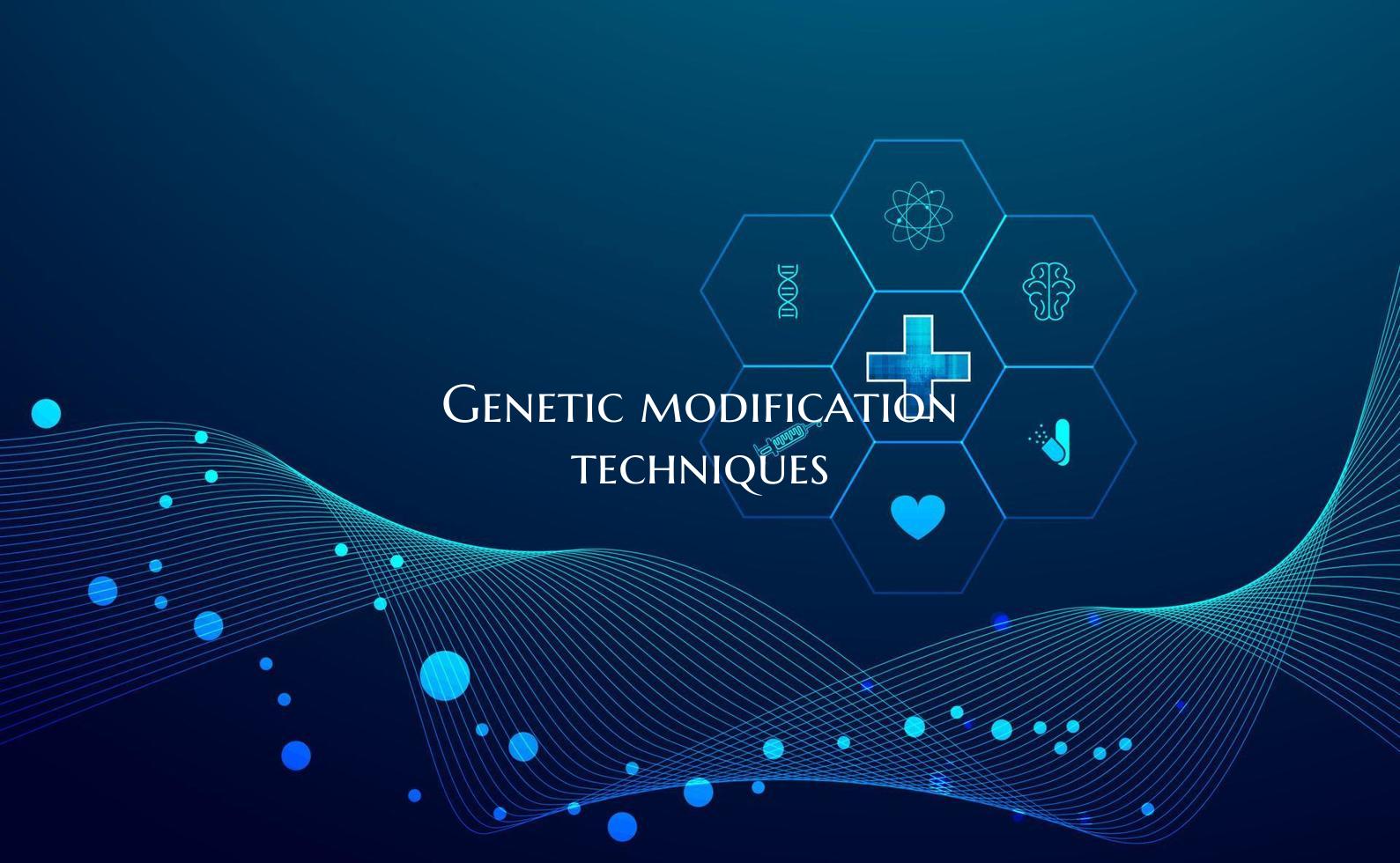
Genetic modification techniques
Genetic modification techniques have revolutionized the field of biotechnology, offering a way to alter the genetic makeup of organisms for various purposes. These techniques involve the manipulation of DNA, the blueprint of life, to introduce new traits or enhance existing ones in plants, animals, and microorganisms.
One prevalent genetic modification technique is gene editing, which allows for precise changes to be made to the DNA sequence of an organism. Techniques such as CRISPR-Cas9 have gained widespread attention due to their efficiency and accuracy in editing genes. Scientists can now target specific genes and either modify or remove them, leading to the potential for creating crops that are more resistant to pests or diseases, animals with improved traits, or even treatments for genetic diseases in humans.
Another common genetic modification technique is transgenesis, which involves inserting genes from one species into the genome of another. This technique has been widely used in agriculture to create genetically modified crops that are more resilient to environmental stressors, such as drought or pests. By introducing genes that encode for specific beneficial traits, scientists can improve the quality and yield of the crops, addressing food security challenges around the world.
Furthermore, site-directed mutagenesis is a genetic modification technique that allows for precise changes to be made within the DNA sequence without introducing foreign genes. This technique is particularly useful for studying gene function and understanding how specific genetic changes can impact an organism's traits.
Overall, genetic modification techniques present a promising avenue for addressing various challenges in agriculture, medicine, and biotechnology. By harnessing the power of DNA manipulation, scientists can create novel solutions to improve food production, develop new medical treatments, and gain a deeper understanding of the genetic basis of life.